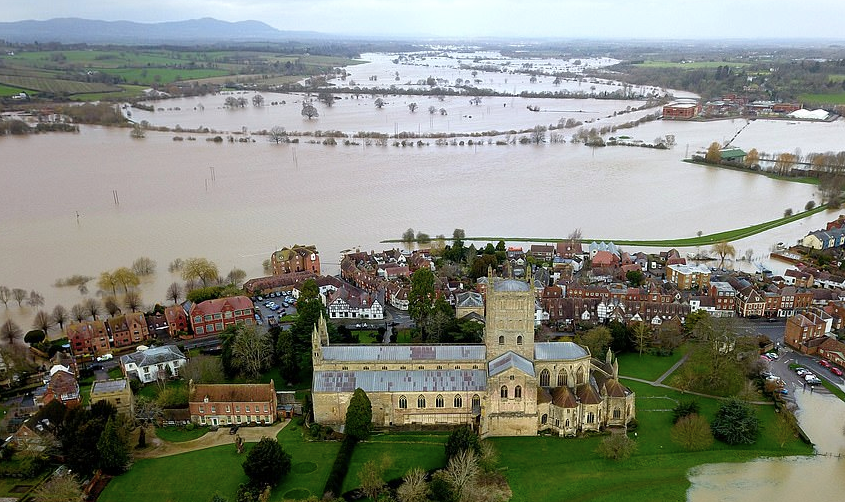You can't blame moorlands for the UK's recent floods
- C4PMC
- Feb 18, 2020
- 2 min read
Updated: Feb 19, 2020

The floods that a sequence of storms – Ciara, quickly followed by Dennis – brought with them have ravaged much of the country. Houses have been evacuated, cars have been washed away and numerous roads and railways closed, as rivers burst their banks amid the sheer volume of rainfall.
Some of these towns and villages have, it is true, been in areas close to the moorlands. And whenever this happens, people will claim that the flooding is due to the way that the moorlands are managed. Like George Monbiot, who wrote in the Guardian this week: ‘If we want to cut flooding we should stop burning the moorland’, arguing that healthy peat bogs retain more water, and will therefore reduce the amount of water that flows downstream.
But the strange thing is, this is exactly what keepers and landowners are doing on moorlands across the country. Rewetting the moors is an ongoing project, and at least 42,000 hectares of peatland restoration work has already taken place on grouse moors. This includes the revegetation of bare eroding peat, and the blocking up thousands of ill-advised and Government incentivised drainage ditches which were dug for agriculture in the aftermath of the second world war. The aim then was to make the moors suitable for livestock grazing, in a bid to make the UK more self-sufficient. But in more recent decades, gamekeepers and land managers have been working rewet the moors, blocking the drains and reintroducing sphagnum moss, which can store huge volumes of water.
At the end of 2019, one of the towns that suffered most from flooding was one named Fishlake, outside Doncaster. As some people pointed out at the time, the clue is in the name. It’s called Fishlake for a reason; for years it was a marshland, until the house builders came along and decided people should be living there.
The same has happened across the country. Floodplains are being increasingly used as building sites; bought up by developers desperate to gain from the government’s bid to build more housing, and turned into communities of new-build homes. It’s not the new housing that’s the problem, but where it’s located. Just this week in Sussex, roads and fields have flooded exactly where Homes England is currently planning to install 10,000 new homes. In Brighouse, West Yorkshire, there are plans to build on fields overlooking the town, which has already suffered flooding this winter. To the locals, it sounds like nonsense – and it’s not simply nimbyism. The people who know the area know that it’s not suitable for building on, but the developers want their cash, and the council have targets to meet.
That isn't to say that the moors are perfect. The rewetting of land is a slow process, and it's an ongoing project. But to blame moorland management practices for the floods is both unfair and unfounded.





